Contractions are a normal part of pregnancy, occurring in women whose delivery dates are approaching. Understanding the nature, significance, and different types of contractions can be very vital for expectant mothers and the people around them. As the body prepares for childbirth, contractions serve as a key indicator of labour's onset, marking the transition from pregnancy to delivery.
Here is what uterine contraction during pregnancy means:
What is Pregnancy Contraction?
Pregnancy contractions refer to tightening and relaxing of the uterine muscles, leading to pain or cramping in the lower back and lower abdomen. The uterine muscles tighten and flex to open the cervix and move the baby down the birth canal, helping in delivering the baby.
Uterine contractions during pregnancy are quite common in women approaching their due date for birth. It could feel like a wave that starts at the top of the uterus and moves downwards, causing the abdomen to become hard and then soften as the contraction ends.
While contractions during pregnancy are often associated with how labour pain starts, they can also occur earlier in pregnancy as a woman’s body practices and prepares for the labour process.
Different Types of Contraction
There are several different types of contractions that a pregnant woman may experience during pregnancy. These contractions include:
Braxton Hicks Contractions
Braxton hicks contractions, also known as false labour contractions, are common and normally happen during the second and third trimesters of pregnancy. Though this contraction could feel like a labour, they are actually not.
You can identify false contractions easily as they are:
- Irregular and infrequent
- Go away after resting and drinking water.
- Only felt in the front of the abdomen
- Uncomfortable rather than painful
- Make the belly feel tight
The cause of false labour contractions is not certain, but they could be triggered by dehydration, having a full bladder, being too active, or sexual activity.
The best way to manage these contractions is by:
- Drinking plenty of water
- Taking enough rest
- Changing position (like from sitting to standing)
- Practising breathing and relaxation techniques
"Suggested Read" :Breast pain during pregnancy - symptoms, causes & treatment
Preterm Labour
Preterm labour contractions occur when normal contractions lead to the opening of the cervix before 37 weeks of pregnancy. These contractions could be a sign of premature labour and usually follow a pattern with a gap of 10-12 minutes between each contraction.
Some common signs of preterm labour pain are:
- Painful mensuration like cramps
- Lower back pain
- Pelvic pressure
- Watery vaginal discharge
Premature labour can be serious, making it crucial to inform the doctor in case of any of the above symptoms, especially if the contractions are accompanied by vaginal bleeding or water discharge.
Early Labour
Early labour contractions occur at the beginning of labour. During this period, the cervix begins to dilate and thin out, and the contractions usually last from 30 to 90 seconds. The contractions during early labour occur far apart in time and usually do not increase in intensity.
Some common labour pain signs in early contractions are:
- Difficulty breathing through contractions
- Severe cramps
- Pain that starts in the back and moves to the front
- Pelvic fullness and pressure
Active Labour
Active labour contractions happen when the contractions become more painful and pronounced, indicating that the child's delivery is near. During this period, the cervix dilates further, usually around 6cm. Around 10 cm of cervix dilation is usually required for the delivery of the child.
Some signs of active labour pain may include:
- Contractions in every 4-5 minutes
- Contraction that lasts 30 seconds to a minute
- An urge to push
- Pain and pressure in the back
- Nausea, gas, vomiting, and hot flashes
Transition Labour
Transition labour contractions are the most intense contractions that pregnant women experience during labour. This period is a short but intense phase of labour that marks the transition from active labour to pushing.
The pregnancy contractions during this phase last around 60 to 90 seconds and occur in intervals of 2 to 3 minutes. In transition, the cervix opens or dilates to around 8 to 10 cm, making it easier for the baby to pass through.
How to Cope with Pregnancy Contractions
Contractions during pregnancy are the most intense phase of labour, making it important to be aware of different ways to cope with them. Here are some things that you can try to manage the discomfort that comes with labour:
- Breathing and relaxation exercises
- Doing physical activities throughout the pregnancy unless the doctor restricts it
- Listening to music and other activities can help distract from contraction pain
- Lying down and switching positions
- Hopping into the shower or bathtub
In some cases, medications like analgesics and anaesthetics are used to relieve pain.
By understanding different types of contractions, pregnant women can better prepare for childbirth and navigate the journey as labour pain starts. However, it is important to remember that everyone experiences contractions differently. Hence, if you have any more questions, consult your doctor to get more clarification.













 7982100200
7982100200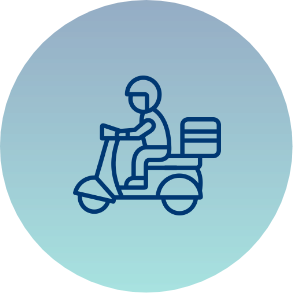

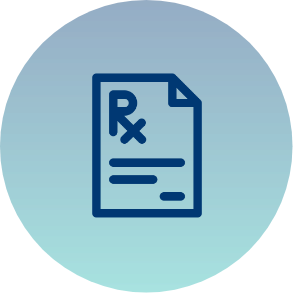



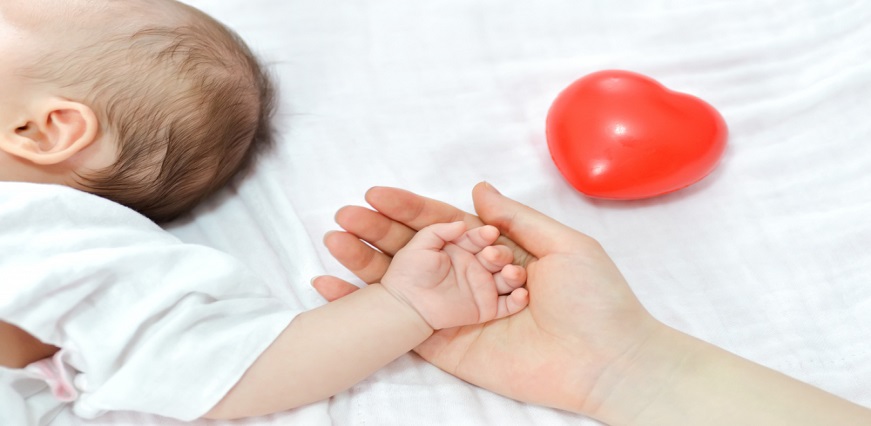
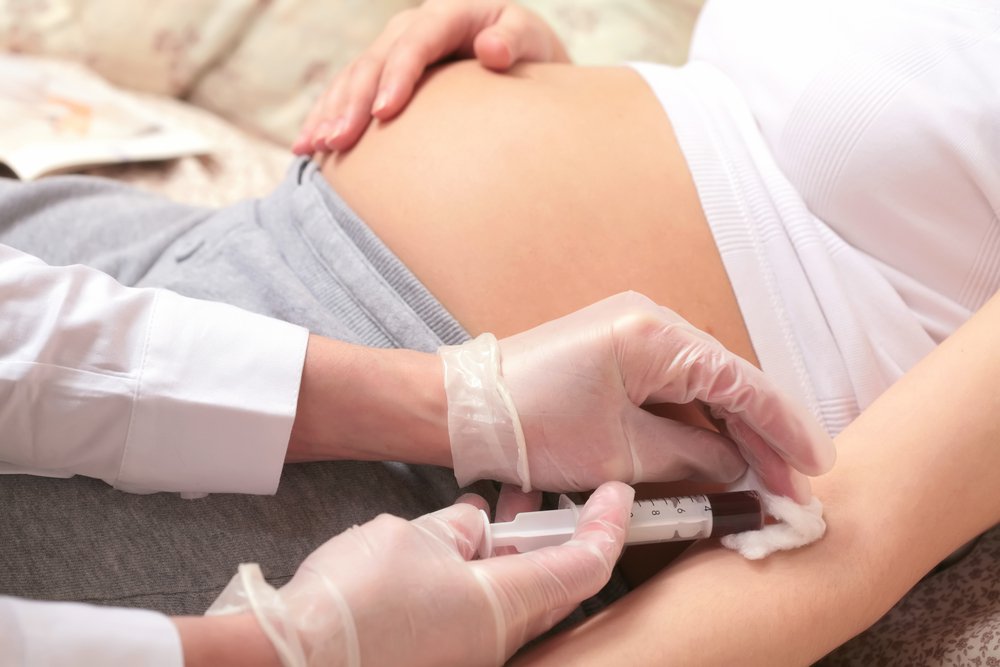



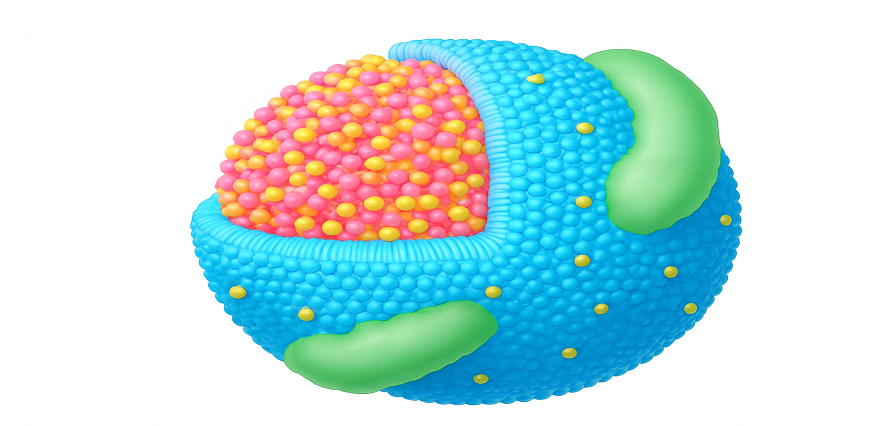

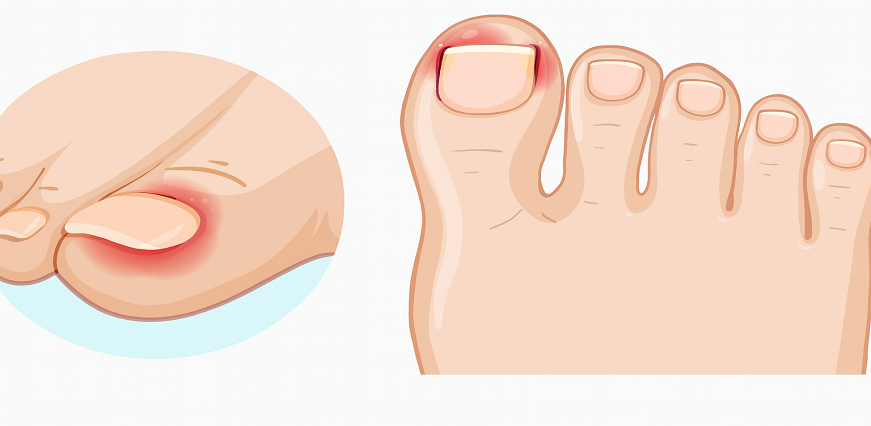

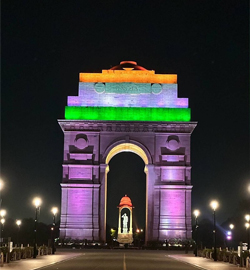

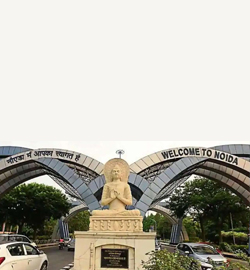






 To reach our help desk call 9213188888
To reach our help desk call 9213188888.png)
Comments